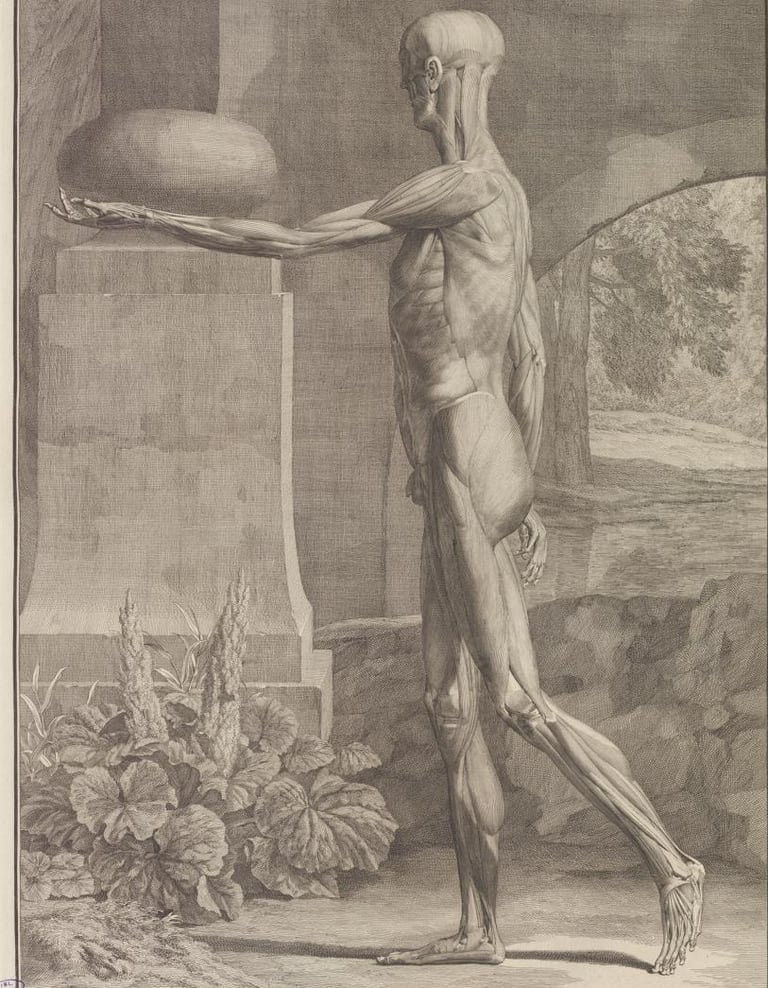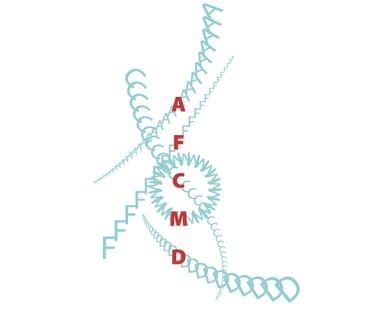

L'AFCMD became a specific subject in the 1990s. It was integrated in the pedagogical training for the State Dance Teacher’s Diploma, and then into the training of dancers in certain professionnal dance schools.
It draws on :
- the work of pioneering movement theorists such as E-J. Dalcroze, F. Delsarte, R. Laban...
- educational and therapeutic bodywork developed by practicians such as F.M. Alexander, G.Alexander, I. Bartenieff, B.Bainbridge Cohen, Dr. L. Ehrenfried, M. Feldenkraïs, E. Gindler, F.Hellès, L. Sweigard, M.Todd...
- the work of Bobath, L. Busquet, Kabat, F. Mézières, Piret et Béziers, GDS Godelieve Denys Struyf, and others who contributed to the emergence of the notion of muscle chains.
These bodies of knowledge are completed by contributions coming from functional anatomy, biomechanics and neurophysiology, incorporating the latest research.
The results of various studies, from chronophotography to computer-generated images, have enabled us to grasp a better understanding of the complexity of the movement’s kinetics, while also benefiting from the perspective of ethnologists and other social scientists.
Tabulae sceleti et musculorum corporis humain, B.S. Albinius, J. Wandelaar, vers 1747.
accord cinétique


